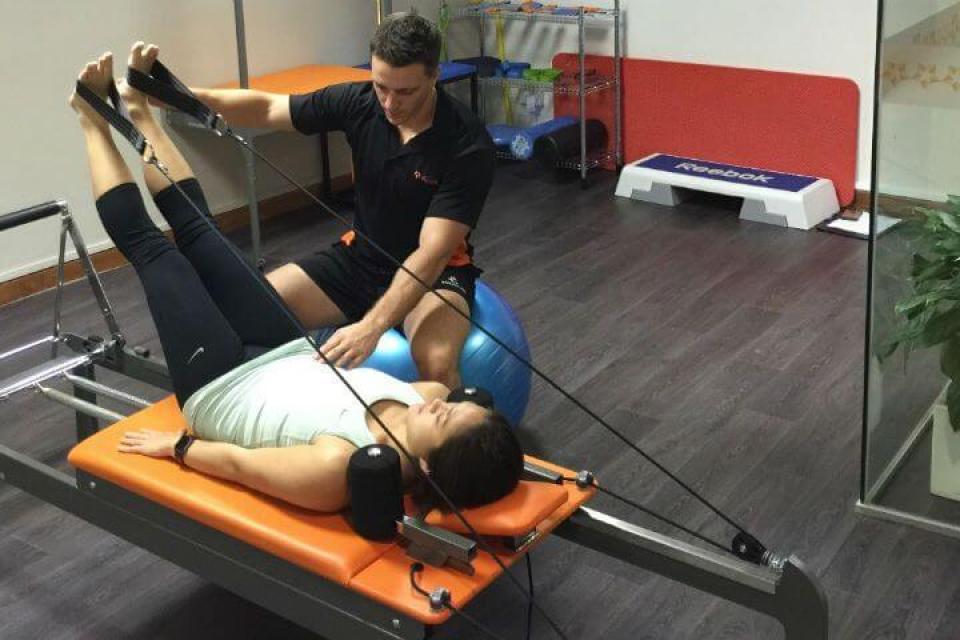Where has it come from?
Clinical Pilates was developed by Craig Philips, a leading clinical physiotherapist. He consults international sporting teams/bodies and contributes significantly towards spinal stability research. Clinical Pilates has developed alongside the continually evolving physiotherapy literature, to ensure that its use remains current in clinical practice.
What is Clinical Pilates?
Traditionally the focus of Pilates has been on managing muscle dysfunction, trained with repetitive functional movements. This approach addresses decreased joint control (as often seen in chronic low back pain and recurrent ACL injury patients). However, new research has shown that applying correct movement patterns is better than isolated muscle activation. This learned movement patterning also decreases any associated pain with any underlying dysfunction.
Basically if you move better, you will feel better! The benefits of this are long lasting. A study by Melbourne University found that a six week Clinical Pilates programme was more effective than a general exercise approach for chronic low back pain treatment. This was because Clinical Pilates had specific exercises for each patient and that the physiotherapists continually reassessed and adapted/progressed the exercises.
How Does It Work?
Many researchers have found that an unstable ‘core’ contributes to increased incidence of injuries. This stability mainly comes from the deep spine musculature, most notably the multifidus muscle. These are slow twitch, endurance muscles and are always switched on. They are recruited at low levels of contraction (20%-30% of your maximal contraction) and can be targeted through controlled skill based movements. Although stability from the superficial fast twitch spine muscles are also important (as these deal with higher loads), the deep musculature must be targeted before exercise progressions are made.
One principle which Clinical Pilates adds is that if something feels good and looks good then just go with it! This takes away a lot of the verbal cueing that is often used in traditional Pilates, so you can just focus on the movement itself. Ultrasound imaging studies have shown that when patients are asked to actively target their core, they actually recruit only their larger superficial muscles, rather than recruiting the deep stabilisers.
However this can be enhanced with the aid of equipment such as the reformer. This is because your body receives greater functional feedback, thus increasing the quality and associated benefits of the movement. Exercises should be progressed from low level targeted exercises, through to higher speed/skilled movements. Clinical Pilates can also help low back pain patients, who have symptoms such as fatigue, headaches, irritable bowel syndrome, nausea, palpitations, depression, etc., due to relaxation of the nervous system. Make your unhappy nerves, happy!
What Can You Expect?
Clinical Pilates stands apart from other forms of Pilates as its objectives are measureable and follows the current research. It offers a bias screening which tests for directional preference and imbalance to determine if exercises should either be flexion or extension biased. This is dependent upon any current conditions of the lower back that have caused movement dysfunction, as most usually have a directional preference.
Research has shown that repeated exercises in a specific direction (often towards the affected side) can improve mobility and reduce symptoms in patients with acute, sub-acute, and chronic lower back pain. Once the screening is complete, all exercises should start on one side of the body and progressed to both sides, as prescribed by your physiotherapist.














